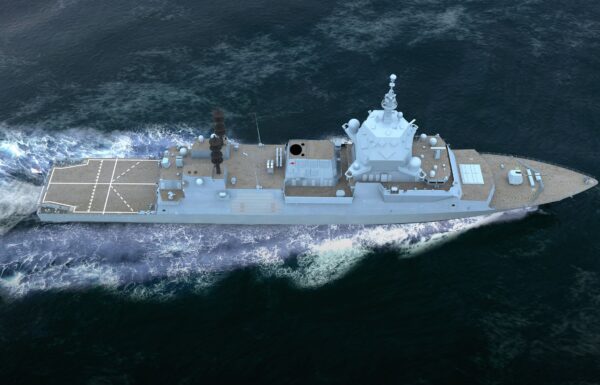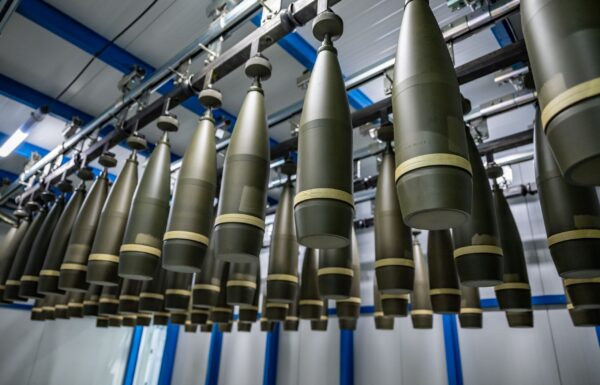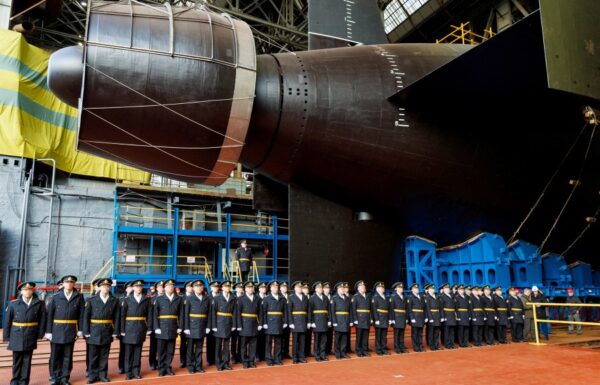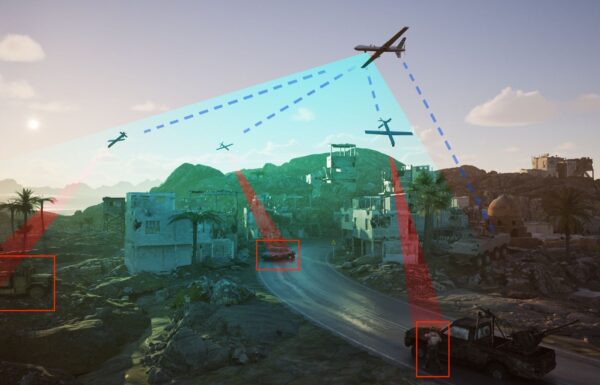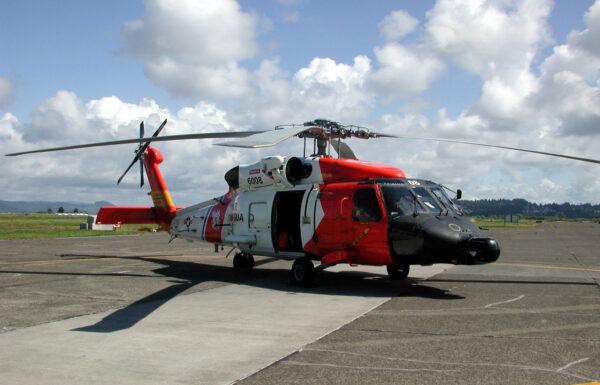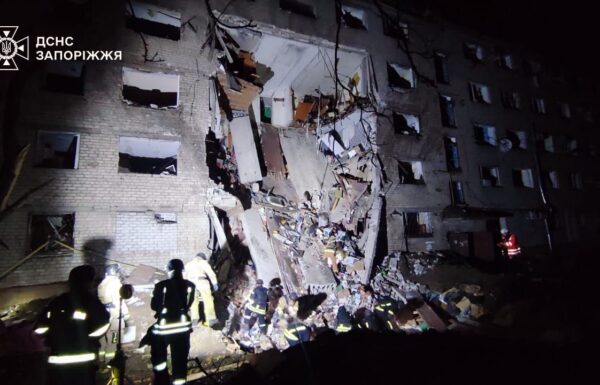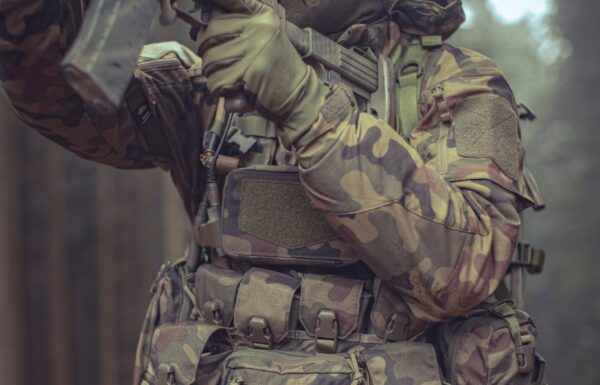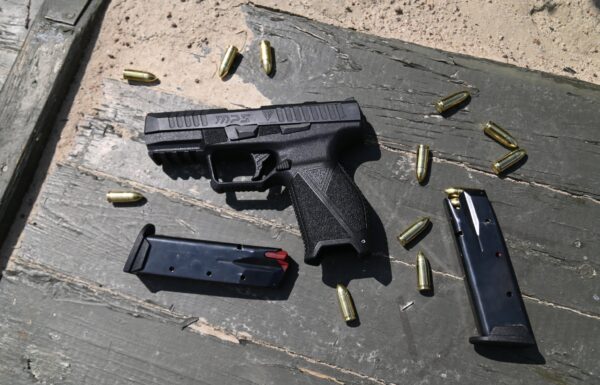On Thursday, September 11, 2025, the Main Intelligence Directorate of the Ministry of Defence of Ukraine (HUR MO) reported the successful strike in the Black Sea, carried out with a combat drone, on one of the two MPSV07-class rescue vessels of the Russian Black Sea Fleet, which had been modified during the current war for electronic intelligence operations.
 Spasatel Demidov in Sochi, Krasnodar Krai, December 29, 2016 / Photo: alexleo via Wikimedia Commons (CC BY 4.0).
Spasatel Demidov in Sochi, Krasnodar Krai, December 29, 2016 / Photo: alexleo via Wikimedia Commons (CC BY 4.0).
“On September 10, 2025, in the waters of the Black Sea, special forces of the Main Intelligence Directorate (HUR) of the Ministry of Defence of Ukraine tracked and successfully attacked another costly military asset of the Russian aggressor state — a multipurpose MPSV07-class vessel of the hostile Black Sea Fleet.”
“The Russians commissioned this vessel in 2015. Its cost is estimated at around 60 million USD. In total, the aggressor possesses four such vessels.”
“The MPSV07-class vessel is equipped with diving systems, telemetry devices, a side-scan sonar, and electronic intelligence equipment. It can also be used for seabed research.”
“At the time of the HUR special forces’ attack, the enemy vessel was conducting electronic reconnaissance and patrolling the approaches to Novorossiysk Bay, where the aggressor maintains the remnants of its Black Sea Fleet.”
“HUR operators delivered a precise strike with a Ukrainian combat drone to the area of the vessel’s superstructure, where its navigation and communication equipment is located. As a result of the strike, the enemy vessel’s electronic intelligence equipment was destroyed, and the ship was disabled pending costly repairs.”
HUR MO press release
In the released video footage, recorded with an infrared camera of a combat drone, the distinctive silhouette of an MPSV07-class vessel can be identified. However, it cannot be determined whether it is one of the two such vessels stationed in Novorossiysk: Spasatel Demidov or Spasatel Ilya. The statement indicated that it was the unit from 2015, which would suggest the former (commissioned on December 4, 2015; as the latter entered service more recently, on May 15, 2023).
As for the HUR MO statement, it inaccurately reported the number of such vessels owned by Russia, since in reality there are five, with a sixth under construction. The other units are: Spasatel Kariev, stationed in St. Petersburg; Spasatel Kavdejkin, in Korsakov (Sakhalin); Spasatel Zaborshchikov, in Vladivostok; and the future Spasatel Gruzinsky, which will also be deployed to Vladivostok. In Russian, Spasatel means “Rescuer.”
The vessels are 73 m long, 16.6 m wide, have a draft of 5.1 m, and a displacement of 2,525 tons. Four Wärtsilä 8L20C diesel engines power them, rated at 1,440 kW / 1,958 hp each, two Steerprop SP45D/L3600 azimuth thrusters rated at 2,060 kW / 2,801 hp each, and two bow thrusters rated at 995 kW / 1,353 hp each. Their performance includes a maximum speed of up to 15 knots and an endurance of up to 20 days. The crew consists of 20, with capacity for an additional 12 personnel. The vessels can carry 94 m³ of cargo, 668 m³ of collected oil and other petroleum pollutants, and 69 survivors. Their hulls are designed to break ice 0.8–1.2 m thick, in accordance with the Russian RS Arc5 ice class. They began entering service in 2012.
The Spasatel Demidov took part in extinguishing a fire on board two LNG carriers in the Sea of Azov on January 21, 2019.
See also:


